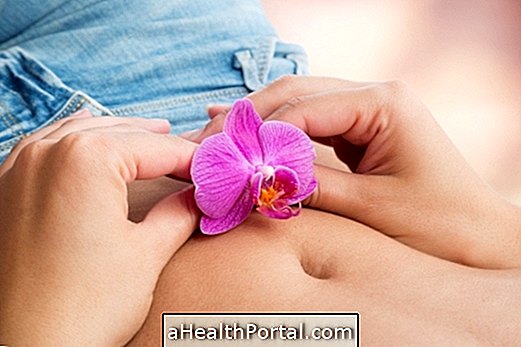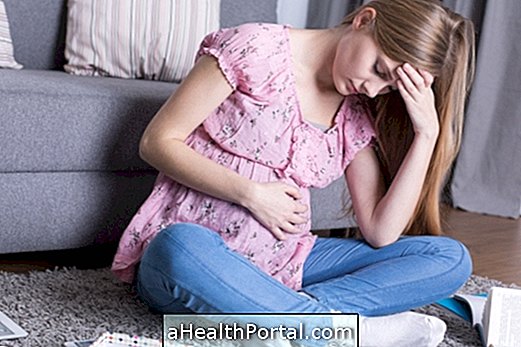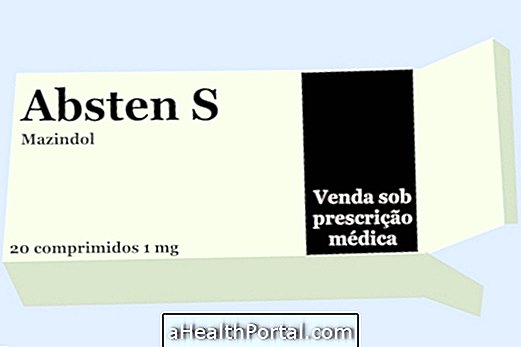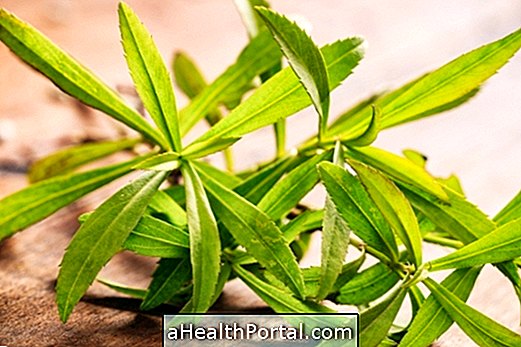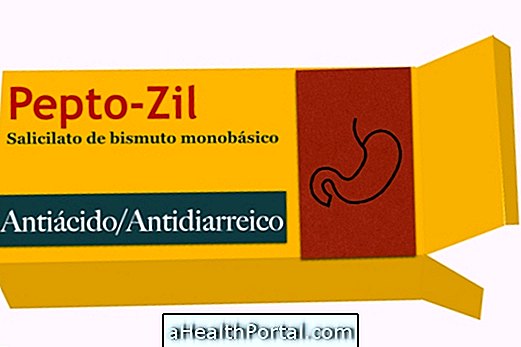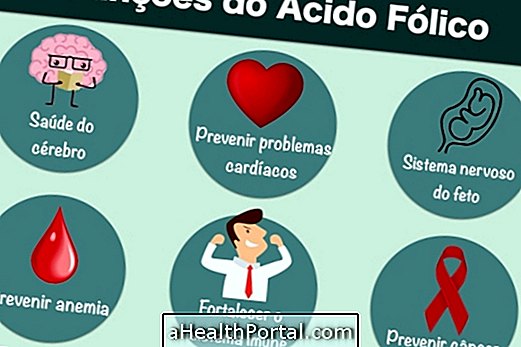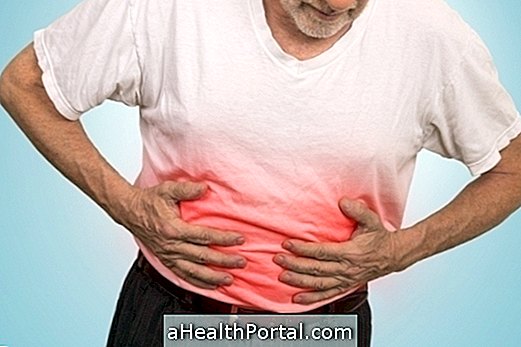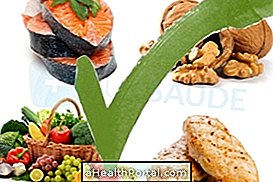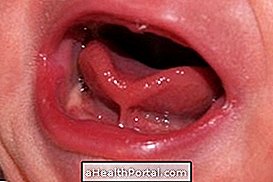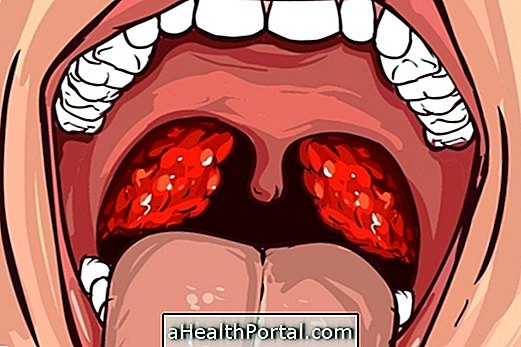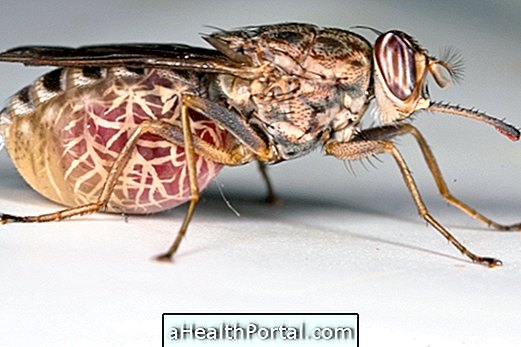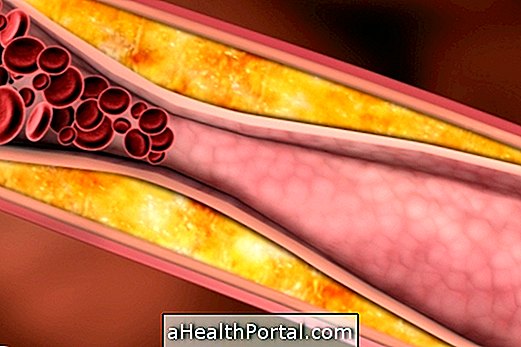Estrogen, also known as estrogen, is a hormone produced from adolescence to menopause, by the ovaries, adipose tissue, breast and bone cells and the adrenal gland, which is responsible for the development of female sexual characters, control of the menstrual cycle and development of the uterus, for example.
Despite being associated with female reproductive functions, estrogen is also produced in small quantities by the testicles having important functions in the male reproductive system, such as libido modulation, erectile function and sperm production, in addition to contributing to cardiovascular and bone health.
In some situations such as ovarian failure, polycystic ovary or hypogonadism, for example, estrogen may be increased or decreased causing changes in the body of the man or woman, which can lead to changes in sexual desire, difficulty in becoming pregnant or infertility, for example, and therefore, the levels of this hormone in the blood must be assessed by the doctor.

What is it for
Estrogen is related to the development of female sexual characters such as breast development and pubic hair growth, in addition to having other functions in women such as:
- Control of the menstrual cycle;
- Development of the uterus;
- Widening of the hips;
- Stimulation of the development of the vulva;
- Egg maturation;
- Lubrication of the vagina;
- Bone health regulation;
- Hydration of the skin and increased production of collagen;
- Protection of blood vessels, promoting the health of the cardiovascular system;
- Improved cerebral blood flow, the connection between neurons and memory;
- Control of mood.
In men, estrogen also contributes to the modulation of libido, erectile function, sperm production, bone health, cardiovascular and increased metabolism of lipids and carbohydrates.
Where it is produced
In women, estrogen is produced mainly by the ovaries, and its synthesis begins by stimulating two hormones produced by the pituitary in the brain, LH and FSH, which send signals to the ovaries to produce estradiol, which is the type of most potent estrogen produced throughout a woman's reproductive age.
Two other types of estrogen, less potent, can also be produced, estrone and estriol, but they do not require the stimulation of brain hormones, as the adipose tissue cells, the cells of the breast, bone and blood vessels, the adrenal gland and the placenta during pregnancy produce an enzyme that turns cholesterol into estrogen.
In men, estradiol is produced, in small amounts, by the testicles, bone cells, adipose tissue and the adrenal gland.
In addition to production by the body, some foods can be a source of estrogens that are phytoestrogens, also called natural estrogens, such as soy, flaxseed, yam or blackberry, for example, and increase the amount of estrogen in the body. See the main foods rich in phytoestrogens.

Main changes
The amount of estrogen in the body is measured by the amount of estradiol circulating in the body through a blood test. The reference values for this test vary according to the person's age and gender, and may vary according to the laboratory. In general, the estradiol value considered normal in men is 20.0 to 52.0 pg / mL, while in the case of women the value may vary according to the menstrual cycle:
- Follicular phase: 1.3 to 266.0 pg / mL
- Menstrual cycle: 49.0 to 450.0 pg / mL
- Luteal phase: 26.0 to 165.0 pg / mL
- Menopause: 10 to 50.0 pg / mL
- Menopause treated with hormone replacement: 10.0 to 93.0 pg / mL
These values may vary according to the analysis carried out by the laboratory in which the blood was collected. In addition, estrogen values above or below the reference values can be indicative of health problems, so it is important to see a doctor.
High estrogen
When estrogen is elevated in women, it can cause weight gain, irregular menstrual cycle, difficulty getting pregnant or frequent pain and swelling in the breasts.
Some situations that can cause an increase in estrogen in women are:
- Early puberty;
- Polycystic ovary syndrome;
- Ovarian tumor;
- Tumor in the adrenal gland;
- Pregnancy.
In men, increased estrogen can cause erectile dysfunction, decreased libido or infertility, increase blood clotting, narrow the arteries and increase the risk of heart disease and hypertension, in addition to favoring the development of breasts, called male gynecomastia. Learn more about gynecomastia and how to identify it.
Low estrogen
Estrogen may have lower values during menopause, which is a natural condition of a woman's life in which the ovaries stop producing this hormone, with most of the estrogen being produced only by the body's fat cells and by the body. adrenal gland, but in small amounts.
Other situations that can decrease the amount of estrogen produced in women are:
- Ovarian failure;
- Early menopause;
- Turner syndrome;
- Use of oral contraceptives;
- Hypopituitarism;
- Hypogonadism;
- Ectopic pregnancy.
In such cases, the most common symptoms are hot flashes, excessive tiredness, insomnia, headache, irritability, decreased sexual desire, vaginal dryness, difficulty in attention or decreased memory, which are also common in menopause.
In addition, low estrogen can increase the risk of cardiovascular disease and cause osteoporosis, especially in menopause, and in some cases hormone replacement therapy, indicated by the doctor individually. Find out how hormone replacement therapy is done in menopause.
In men, low estrogen can occur due to hypogonadism or hypopituitarism and cause symptoms such as fluid retention in the body, accumulation of abdominal fat, loss of bone density, irritability, depression, anxiety or excessive tiredness.
Watch the video with nutritionist Tatiana Zanin with tips on eating during menopause:

Was this information helpful?
Yes No
Your opinion is important! Write here how we can improve our text:
Any questions? Click here to be answered.
Email in which you want to receive a reply:
Check the confirmation email we sent you.
Your name:
Reason for visit:
--- Choose your reason --- DiseaseLive betterHelp another personGain knowledge
Are you a health professional?
NoMedicalPharmaceuticalsNurseNutritionistBiomedicalPhysiotherapistBeauticianOther
Bibliography
- SHAH, M. G .; MAIABACH, H. I. Estrogen and skin. An overview. Am J Clin Dermatol. 2. 3; 143-50, 2001
- IORGA, Andrea; et al. The protective role of estrogen and estrogen receptors in cardiovascular disease and the controversial use of estrogen therapy. Biol Sex Differ. 8. 33; 1-16, 2017
- GRUBER, Christian J .; et al. Production and Actions of Estrogens. N Engl J Med. 346. 5; 340–52, 2002
- SAHA, Tanmay; et al. Estrogen Signaling: An Emanating Therapeutic Target for Breast Cancer Treatment. Eur J Med Chem 177:. 177. 116–43, 2019
- SCHUSTER, Michael; et al. The Role of Estradiol in Male Reproductive Function. Asian J Androl. 18. 3; 435–40, 2016
- SACKZO, Jolanta; et al. Estrogen Receptors in Cell Membranes: Regulation and Signaling. In Transport Across Natural and Modified Biological Membranes and Its Implications in Physiology and Therapy. Advances in Anatomy, Embryology and Cell Biology. 227. Cham, Switzerland: Springer International Publishing, 2017. 93–105.
- VRTACNIK, Peter; et al. The Many Faces of Estrogen Signaling. Biochem Med (Zagreb). 24. 3; 329–42, 2014
- KROLICK, Kristen N .; ZHU, Qi; SHI, Haifei. Effects of Estrogens on Central Nervous System Neurotransmission: Implications for Sex Differences in Mental Disorders. Prog Mol Biol Transl Sci. 160. 105–171, 2018
.jpg)


